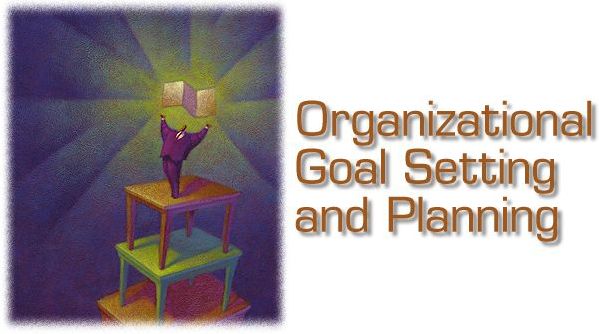
 |
|
The dangers of goal setting by Gilda Dangot-Simpkin, Dynamic Development. Discussion of the problems resulting from not effectively setting goals based on three key criteria: specific, realistic and mutually determined. For example, "increasing productivity" is too vague, but managers should select meaningful measures of productivity that serve to motivate and focus employees in the right direction. Questions: Identify several goals set by managers in any of your previous jobs. To what extent did they meet the criteria of specific, realistic and mutually determined? Did these goals improve results? Why or why not? Above and Beyond by Robert McGarvey, Entrepreneur Magazine, February, 1997. This article builds a case for setting "stretch goals"—tough, but attainable. It continues with how to define the goal so it meets important criteria: quantifiable, long-term goals broken down into weekly or monthly milestones and continual monitoring of progress. The last section explores how to build commitment by employees to the goals. One approach: "Level with your people about why the goal is critical." |
|
|
Planning and Goals Setting for Small Business by the U.S. Small Business Administration. Comprehensive coverage of Management by Objectives:
Activity: Prepare a simple MBO form for evaluating
performance for a current or past job—or one assigned by your professor.
|
|
|
PDCA Cycle by HCI. Introduction to the PDCA Cycle, including a circle diagram showing the four steps of plan, do, check and act. Management approaches and techniques are listed for each step. To illustrate, flowcharting, brainstorming and Cause & Effect diagrams are all approaches that may be used to "plan for changes to bring about improvement." |
|
Copyright © 1999-2001 South-Western, A Cengage Learning Company.
All rights reserved.
For problems or suggestions concerning this service, please contact Internet Webmaster.